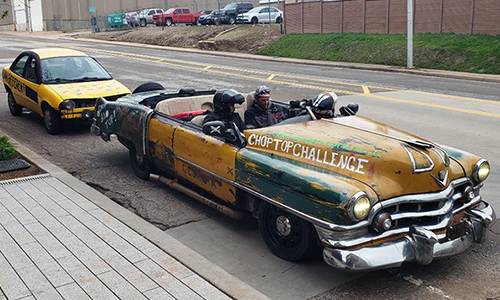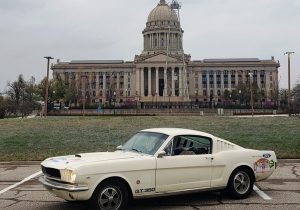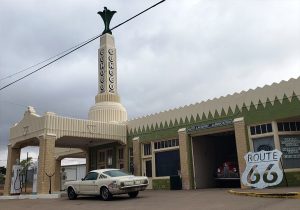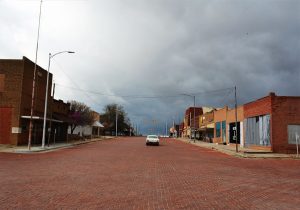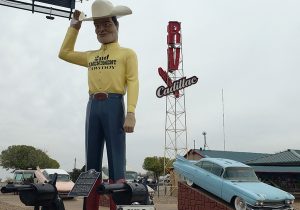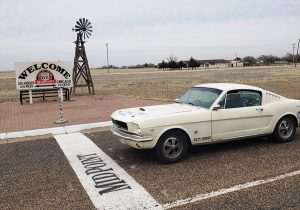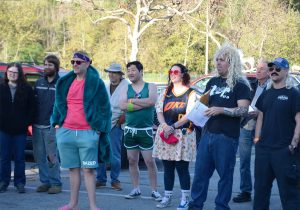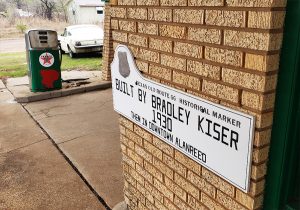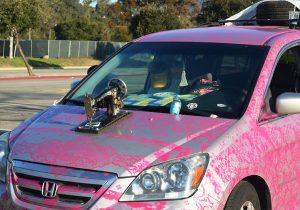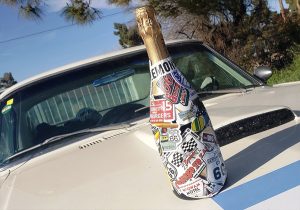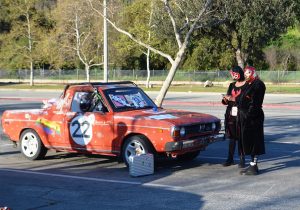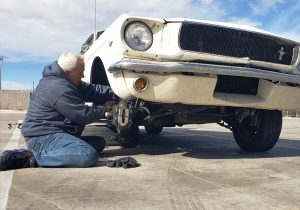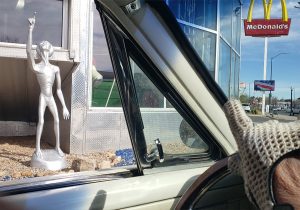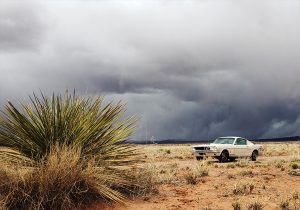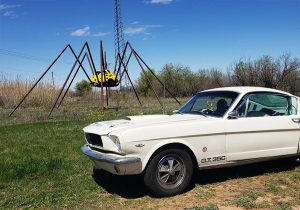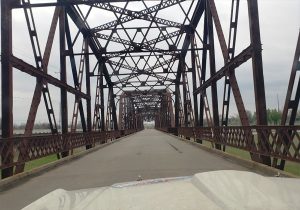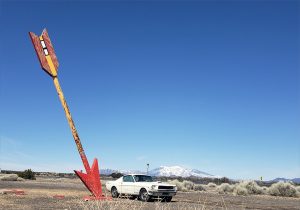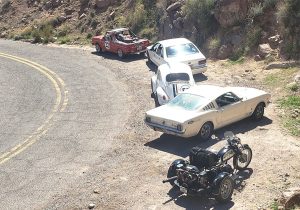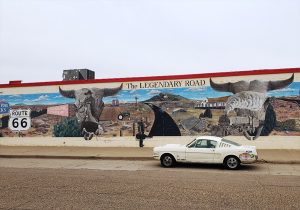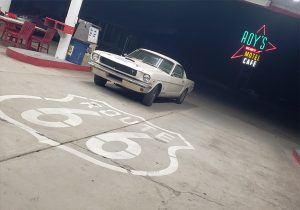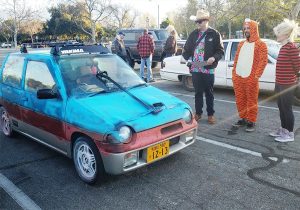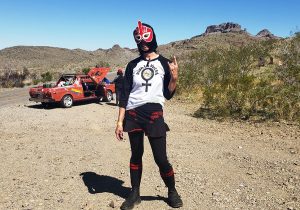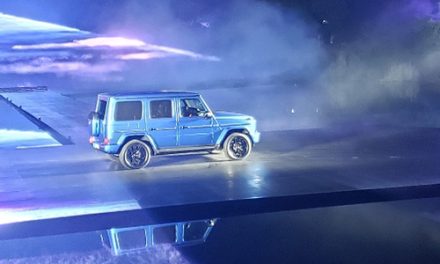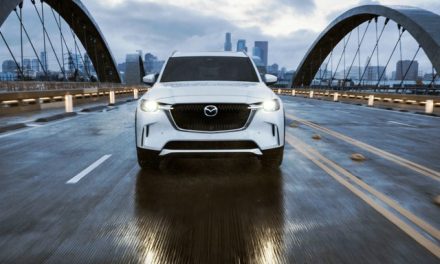Lemons Rally Route 66
By Ricardo Rodriguez-Long
Route 66 was built so farmers and truckers could transport their goods between small towns and big cities. While it first opened in 1926, it wasn’t fully paved until 1938, the result of a New Deal initiative that hired unemployed workers to finish the job during the Depression.
For many traveling, the Mother Road is one of those things on the bucket list. Driving it with the appropriate car can make an even bigger impression. Jay Lamm and Nick Pon started a racing series more than a decade ago for low-priced vehicles that have become, if you are into racing at all, events to “enjoy” a racetrack like no other organization can. I don’t know if it was by request or simply looking for a challenge, but a few years back, a long-distance rally event was created. These rallies usually cross a few states and go over 1000 miles. These events differ from traditional rallies because the vehicle value should be at most $500. You can imagine what challenges you may encounter when driving something that has seen its better days a long time ago.
The 2024 Lemons Rally Route 66 event was what I needed to fulfill my desire to travel the famous interstate road. This event requires a particular mindset, as you and your fellow competitors will face additional perils along the way.
We gather in the Rose Bowl’s parking lot to officially start the adventure. The first stop was the Santa Monica Pier. Looking at the competitor’s equipment, which included a 1970s rusted Matador, a 3-cylinder Suzuki, a 1960s Corvette, a 1965 Mustang, a minivan with a sawing machine on the hood (!), Herbie’s VW, two 1960s Suburbans, an interior missing Subaru Brat, and other similarly exciting vehicles, was a realization that it was going to be a challenge getting to the Oklahoma Capitol. Some teams were confident enough that they didn’t carry tools with them. Their conviction and attitude were all they needed to get to the checkered flag 1,500 miles away.
By the mid-1930s, the official end of Route 66 extended a little farther west, to the corner of Lincoln and Olympic in Santa Monica, where the Mother Road intersected with California’s Highway 1. This stop was the last time I saw all the participants who had started in Pasadena.
To ensure a round trip, I enlisted a former Colombian racing driver, Francisco Alvis Jr., as co-driver, and we drove my trusted 1965 Mustang Fastback. Technically, it is worth a bit more than the $500 limit, but I was happy to be accepted as the only entry in the Dull-Witted class (also known as the disqualified vehicle class)
For the next week, we would cover all that is left of the original Route 66 road from Santa Monica to Oklahoma. After our photo at the Santa Monica pier, we had breakfast at Mel’s Dinner on Lincoln Blv and started our adventure. We drove by a few still-standing buildings from the early era. Places like the Clifton Restaurant in downtown. The Richfield Station in Cucamonga, the Wigwam Motel in San Bernardino, the Old Town Victorville, Emma’s Dinner, the train station in Barstow, Bagdad Café, and Roy’s Station in Amboy. A day later, we were in Needles, crossing the state line.
The first section of Route 66 in Arizona takes you through the forgotten cowboy town of Oatman; after crossing the Sitgreaves Pass, with unbelievable views on both sides of the mountains, we came upon the Viva La Vulva team Subaru Brat stranded on the side of the hills. While other team members gathered under the hood, a young jack-of-all-trades man made a clutch cable with tools and parts in his trunk. That moment gave me hope for humanity. Here was a whole group of people (brave or dumb enough to be signing up for the Rally) from all over the country, with different lifestyles and ambitions in their everyday lives, working together and creating a bond, a moment that will remain forever. As Robert Kennedy said: “We don’t do this because it’s easy, we do it because it is hard.” And those situations, which were repeated a few times, made the trip unforgettable.
Route 66 crosses all types of terrain. We crossed the Mohave desert, the continental divide, the American plains. We faced high altitude, desert heat, rain, and snow. The distances between gas stations are still tremendous and desolate today. It is hard to imagine how difficult this trip would have been in the 1930s and 40s. Westbound were the hopes and dreams of people searching for a better future.
The multilane Highway 40 replaced Route 66. The new road was more direct, faster, and had specialized service points right next to it. Traffic stopped along Route 66, ending the livelihood of complete towns. Some still survive with a handful of residents, most of them relegated to a marker on the side of the road. Structures are rusted and falling. You can still see, with a little bit of imagination, what a dynamic and enterprising life people had on the Mother Road.
We drove through Kingman, Flagstaff, and the iconic Twin Arrows spot in Arizona. Most of the teams made it to Albuquerque, NM. Route 66 through the “Land of Enchantment” offers superb views of the never-ending horizon, but Highway 40 is now running on top of it, and without exits, anything older is practically gone. We did manage to drive by the Blue Swallow Motel in Tucumcari.
The Jon Creek Bridge is the last spot in NM before you enter Texas. Unfortunately, that section of Route 66 has been closed, and even the asphalt has disappeared. You know you are in Texas when crossing the Lone Start country state line. Adrian, TX, is the midpoint for Route 66. A small town where the Mid Point Café, established in 1928, still offers the same menu. The iconic Cadillac Ranch is what all people claim to be. But the 72 OZ steak at the Big Texan, where you must leave your firearm in the car, tells you things are huge in Texas.
I believe everyone had a steak that night, as we needed lots of proteins to continue our adventure. To my surprise, ninety percent of the teams were still running. We had our breakdown, which turned out to be a fuse. This was a minor thing compared to the Suzuki problem, which lost compression on a cylinder but kept running with just two out of three.
On the final stage to the Oklahoma Capitol, we drove through the small town of Erick. Here, there is a museum dedicated to the presentation of the 100th Meridian Line, which has served as an often disputed international and, later, state boundary for the past 166 years. Particular emphasis is placed on the many surveys made on the line and the land disputes that arise from them. Along the road, we came upon the best-preserved gas station in all of Route 66; Lucille’s Gas Station is definitely a historic site that allows you to see, touch, and feel what it was like traveling almost a century ago. Before entering the city, we drove through the North Canadian River using one of the best remaining examples of a steel-truss bridge. We stop by the historic Tower Theater in the city before parking at the Golden Dome for our Instagram moment. The Capitol is beautiful, providing a temporary relief that we have made it all the way. But we still needed to head back to California.
We celebrated and hugged each other at our final dinner as we completed what most people would have said was a crazy idea. But for the brave souls who participated, we filled our hearts with emotions and memories that will last a lifetime. The Lemons Rally series is a unique event for many reasons, but for me, the challenge to go places without technology at our disposal makes our minds work harder and team up with strangers who become lifetime friends.
If you would like to join us in the next Rally, coming up in August, check the link below (you can also contact me for further information)
# Lemons Rally Route 66 # Route 66

